Remember when harvest gold appliances were the height of sophistication and conversation pits seemed like the most glamorous way to entertain guests? The 1970s brought us some truly unique home design trends that felt absolutely essential at the time. Looking back now, it’s hard to believe we all thought these features were the future of modern living—but boy, did we want them desperately.
1. Conversation Pits

Nothing said “sophisticated entertaining” quite like a sunken living room where guests could gather around a central coffee table in mod, built-in seating. These carpeted caverns were supposed to create intimate spaces for deep discussions and cocktail parties, making every homeowner feel like they were hosting Johnny Carson. The sunken design was meant to separate the living area from the rest of the house while keeping everyone close together in cozy proximity.
Fast-forward to today, and conversation pits seem more like ankle-twisting hazards than elegant gathering spaces. Parents quickly realized these recessed areas became magnets for spilled drinks, lost toys, and the occasional tumble from unsuspecting visitors. Modern open-concept living has made these sunken rooms feel dated and impractical, especially when you’re trying to keep an eye on kids or move furniture around.
2. Avocado Green Kitchen Appliances

Harvest gold and avocado green appliances were the ultimate status symbols, transforming ordinary kitchens into what we thought were sophisticated culinary spaces. These earthy tones were supposed to bring nature indoors and create a warm, inviting atmosphere that would make every meal feel special. Refrigerators, stoves, and dishwashers in these bold colors cost significantly more than basic white models, making them a real investment in style.
Today’s homeowners scratching their heads at these color choices, wondering how an entire generation fell in love with appliances that looked like they belonged in a vegetable garden. The colors that once seemed so natural and calming now appear dated and difficult to coordinate with modern décor. While some vintage enthusiasts seek out these colorful appliances for their retro charm, most people prefer the timeless appeal of stainless steel or classic white.
3. Wall-to-Wall Shag Carpeting

Thick, luxurious shag carpeting throughout the entire house represented the pinnacle of comfort and style in the ’70s. These deep-pile carpets came in bold colors and patterns, promising to make every room feel like a plush, hotel-worthy retreat. The longer the shag, the more impressive it seemed, with some carpets featuring pile so deep you could practically lose small objects in it.
Modern homeowners quickly discovered that wall-to-wall shag carpeting was a maintenance nightmare that trapped everything from pet hair to mysterious crumbs. Vacuuming became an Olympic sport, and professional cleaning was both expensive and frequent. Today’s preference for hardwood floors, tile, and low-maintenance area rugs makes those thick, fuzzy floor coverings seem more like dust-collecting relics than luxury features.
4. Built-in Intercom Systems
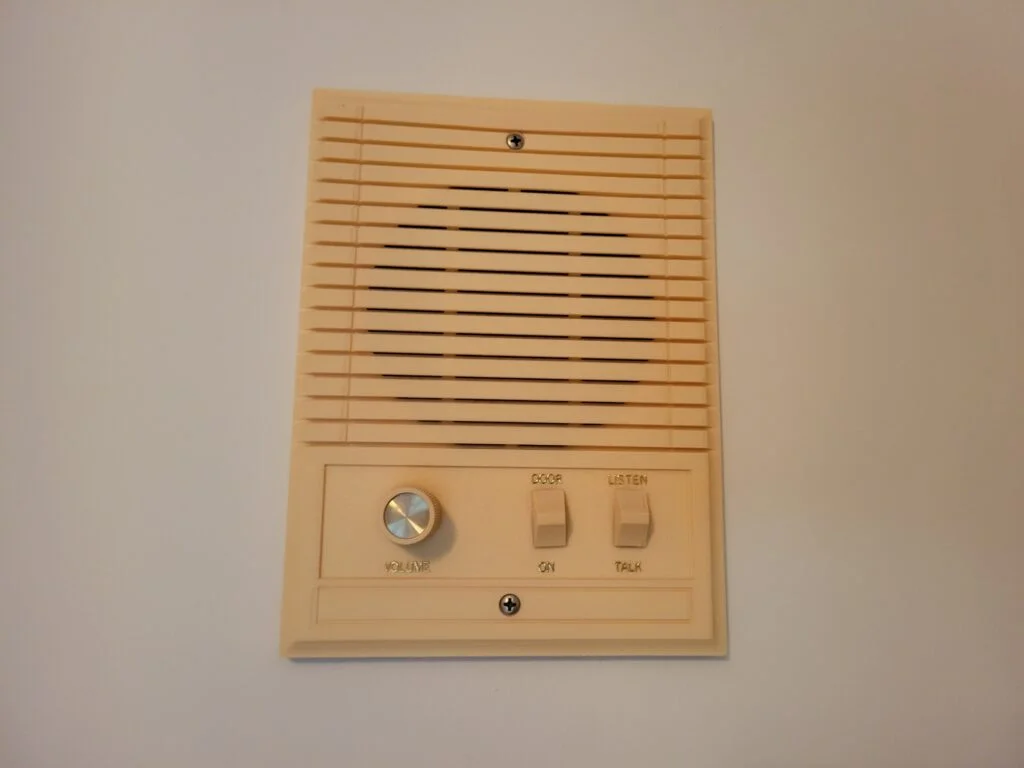
Whole-house intercom systems promised to revolutionize family communication, allowing parents to call kids to dinner without shouting up the stairs. These elaborate setups included speakers and microphones in every room, plus a central control panel that made homeowners feel like they were operating mission control. The ability to pipe music throughout the house or make announcements from the kitchen seemed like the ultimate in modern convenience.
These wired communication systems quickly became obsolete as families realized they were expensive, prone to static, and frankly unnecessary in most homes. The novelty wore off when parents discovered that kids would either ignore the intercom or use it to eavesdrop on conversations in other rooms. Today’s smartphones and smart home devices have made these built-in systems seem quaint and overcomplicated.
5. Wet Bars in Every Room
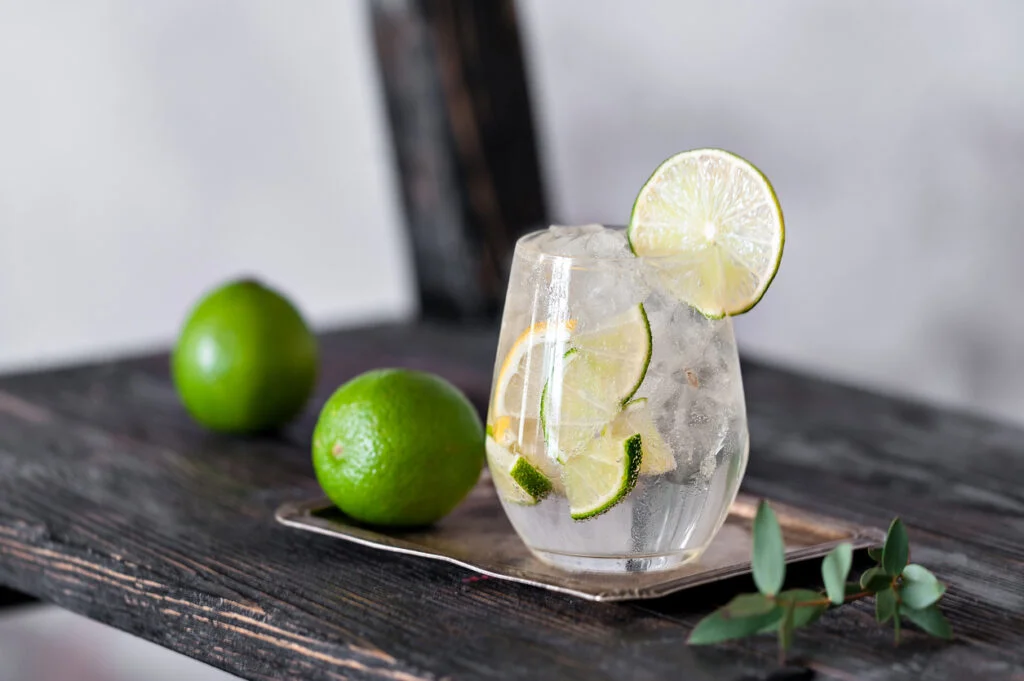
No sophisticated ’70s home was complete without at least one wet bar, and preferably several scattered throughout different rooms. These mini-kitchens featured small sinks, built-in refrigerators, and plenty of storage for glassware and spirits, designed to keep the party flowing without trips to the main kitchen. Basement rec rooms, master bedrooms, and even some bathrooms boasted these convenient watering holes.
The reality of maintaining multiple wet bars quickly set in as homeowners realized they were basically installing extra plumbing that would rarely get used. Most families discovered they preferred gathering in one central location rather than spreading drinks throughout the house. Today’s trend toward mindful drinking and smaller living spaces has made these elaborate bar setups seem excessive and impractical.
6. Milk Doors
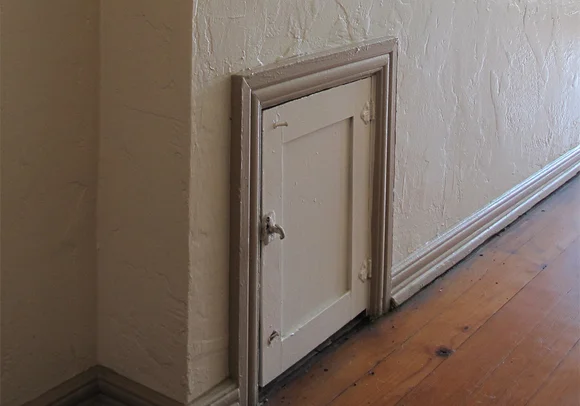
These charming little doors built into kitchen walls were designed to allow milkmen to deliver fresh bottles directly into your home without entering the house. The insulated compartments kept dairy products cool and secure, representing a time when daily milk delivery was still common in many neighborhoods. These doors seemed like the perfect blend of convenience and security, allowing families to receive their milk without worrying about theft or spoilage.
The decline of home milk delivery made these specialized doors completely obsolete, leaving homeowners with awkward little openings in their kitchen walls. Most milk doors have been sealed up or converted into decorative niches, as they serve no practical purpose in our modern grocery-shopping world. Today’s refrigerated delivery services and grocery pickup options have made the milk door seem like a quaint relic of a simpler time.
7. Round Beds

Circular beds were the ultimate symbol of sophistication and romance, promising to transform ordinary bedrooms into glamorous retreats worthy of a Hollywood movie set. These space-age sleeping arrangements came with specially fitted round sheets and were often positioned in the center of the room to create a dramatic focal point. The unusual shape was supposed to encourage relaxation and create a more intimate sleeping environment.
The practical problems with round beds became apparent quickly, from the difficulty of finding matching linens to the awkward way they dominated bedroom layouts. Couples discovered that the novelty wore off fast when they realized how hard it was to make the bed or find a comfortable sleeping position on the curved mattress. Modern bedroom design favors rectangular beds that fit naturally against walls and work with standard bedding, making round beds seem more like expensive novelties than practical furniture.
8. Macramé Everything
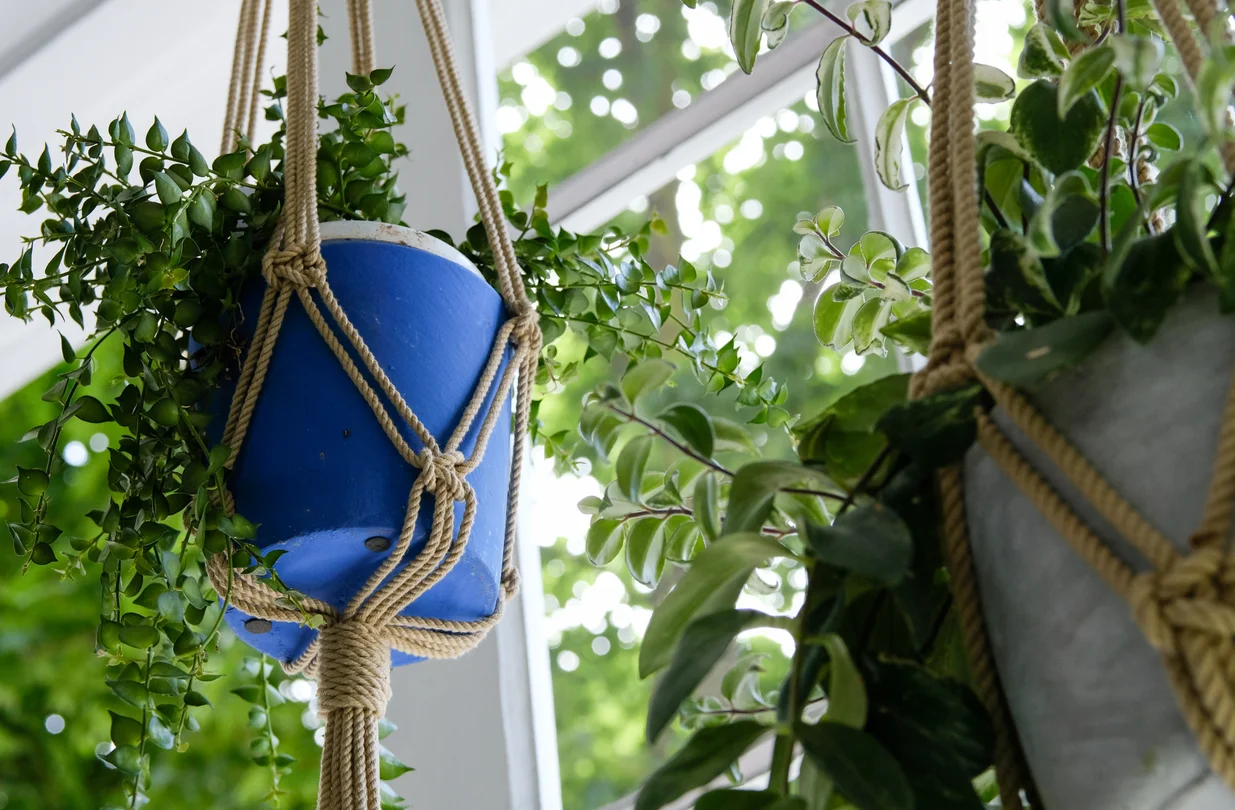
Macramé plant hangers, wall hangings, and room dividers were essential elements of ’70s décor, bringing handcrafted bohemian style into every room. These intricate rope creations promised to add texture and visual interest while supporting hanging plants that would purify the air and create a natural, earthy atmosphere. The complex knotting patterns represented hours of careful work and personal creativity.
Today’s minimalist design trends have made elaborate macramé installations seem cluttered and dated, though small plant hangers have made a modest comeback. The dust-collecting properties of all those rope fibers and the difficulty of cleaning intricate knotwork made these pieces more trouble than they were worth. Modern homeowners prefer cleaner lines and easier maintenance, relegating most macramé to craft closets or vintage shops.
9. Wood Paneling Everywhere
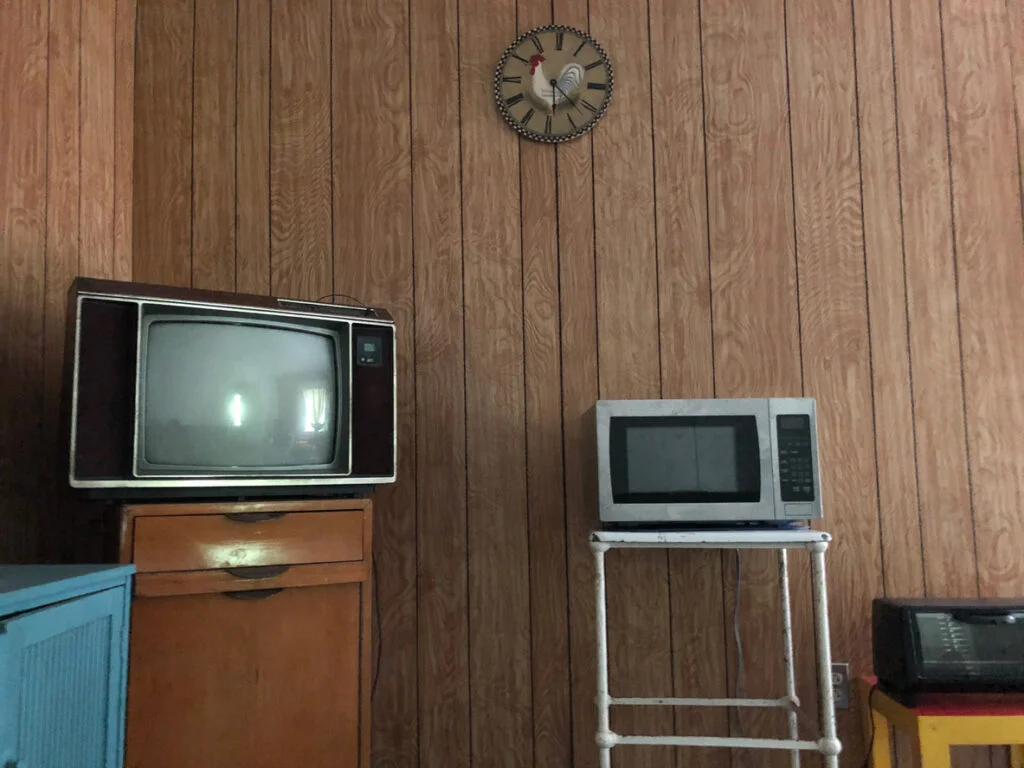
Dark wood paneling was supposed to create cozy, den-like atmospheres that made every room feel warm and masculine, like a gentleman’s private club. From living rooms to basements to bedrooms, these wooden walls promised to add instant sophistication and character to any space. The rich, dark tones were considered timeless and elegant, capable of making even the most modest home feel upscale.
Modern design sensibilities favor bright, open spaces that make rooms feel larger and more welcoming, making dark wood paneling seem oppressive and dated. The maintenance required to keep wood paneling looking good, plus its tendency to make rooms feel smaller and darker, has sent most homeowners running toward paint and wallpaper. Today’s trend toward Scandinavian-inspired light woods and white walls makes ’70s paneling seem heavy and outdated.
10. Mirrored Walls and Ceilings
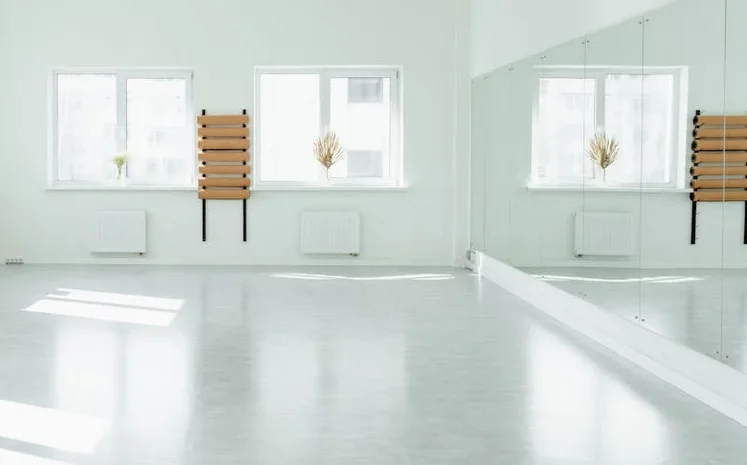
Floor-to-ceiling mirrors were the height of glamour, designed to make rooms appear larger while adding sparkle and sophistication to any space. Mirrored walls in dining rooms, bedrooms, and bathrooms promised to create the illusion of doubled space while reflecting light throughout the room. Some adventurous homeowners even installed mirrored ceilings for the ultimate in dramatic flair.
The reality of living with mirrored walls quickly became apparent as homeowners discovered the constant battle against fingerprints, water spots, and the disorienting effect of seeing multiple reflections of themselves. Cleaning became a full-time job, and the mirrors often made rooms feel cold and impersonal rather than glamorous. Today’s preference for authentic materials and cozy atmospheres has made mirrored surfaces seem more like funhouse fixtures than elegant design elements.
11. Sunken Bathtubs
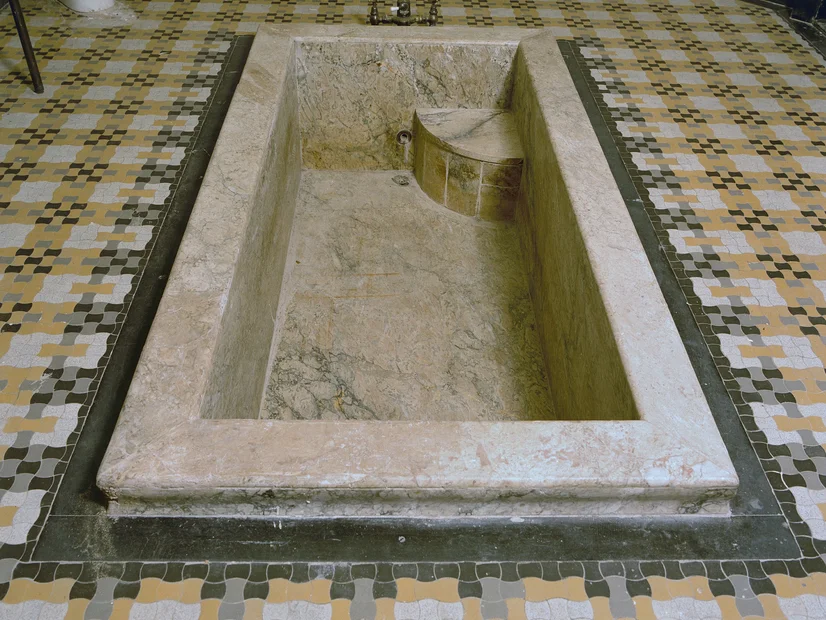
Luxurious sunken bathtubs built into bedroom floors or bathroom platforms represented the ultimate in spa-like relaxation and romance. These dramatic installations promised to transform ordinary bathrooms into personal retreat centers where you could soak away stress in style. The sunken design was supposed to create a more intimate bathing experience while making the bathroom feel like a high-end resort.
The practical problems with sunken tubs became obvious quickly, from the difficulty of getting in and out safely to the maintenance challenges of waterproofing below-floor installations. Many homeowners discovered that these dramatic tubs were more about looks than comfort, with awkward angles and poor ergonomics making long soaks uncomfortable. Modern bathroom design favors freestanding soaking tubs or well-designed alcove installations that provide luxury without the structural complications.
12. Orange and Brown Color Schemes

The earth-tone palette of burnt orange, chocolate brown, and golden yellow was considered the height of sophistication, bringing warmth and natural beauty into every room. These rich, earthy colors promised to create cozy environments that felt both modern and timeless, perfect for everything from kitchen cabinets to living room furniture. The bold color combinations were supposed to reflect our connection to nature while making dramatic design statements.
Today’s neutral palettes and bright, airy color schemes make the heavy earth tones of the ’70s seem dated and oppressive, though some vintage enthusiasts appreciate their retro charm. The dark colors that once seemed so warm and inviting now appear to make rooms feel smaller and gloomier than modern homeowners prefer. Contemporary design favors lighter, more flexible color schemes that can evolve with changing tastes and trends.
Looking back at these ’70s home features, it’s amazing how styles that once seemed so permanent and sophisticated now feel like curious relics from another era. While some of these trends are making modest comebacks in updated forms, most of us are probably grateful that we no longer have to navigate conversation pits in the dark or spend our weekends cleaning mirrored ceilings. The next time you’re tempted to follow the latest home design trend, just remember: today’s must-have feature might be tomorrow’s puzzling vintage curiosity.
This story Home Features Everyone Wanted in the ’70s—That Barely Make Sense Today was first published on Takes Me Back.


